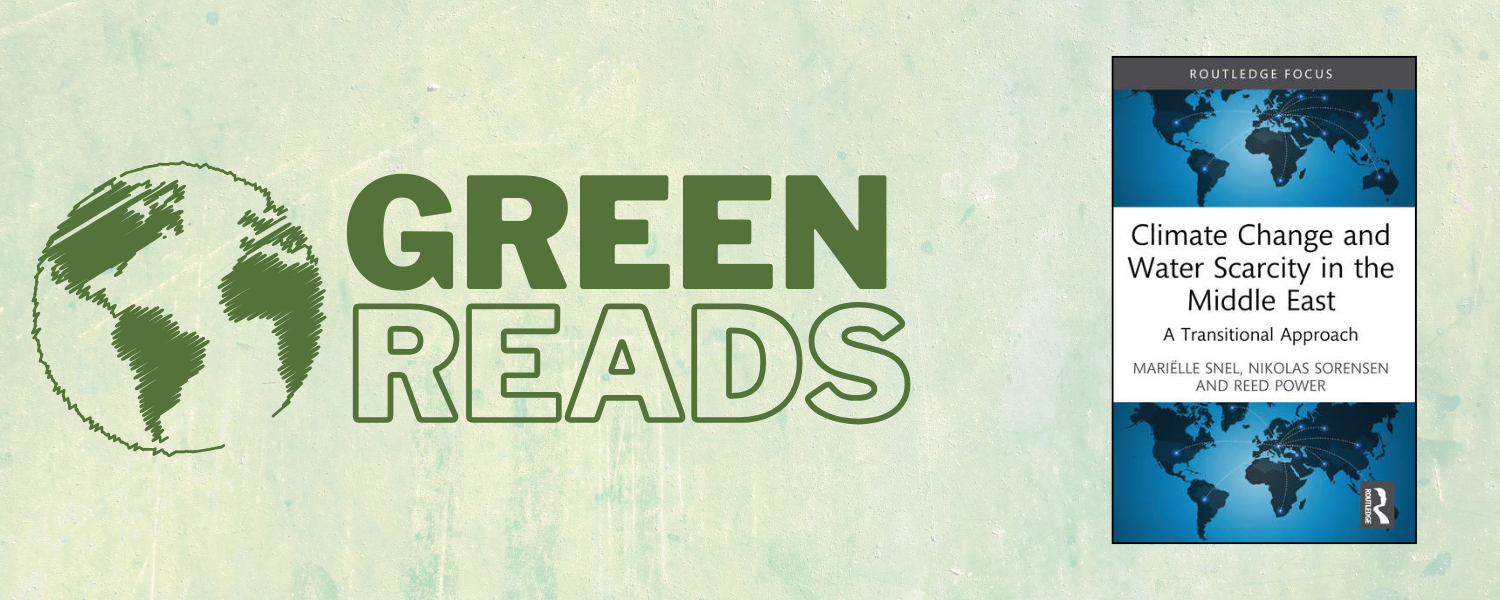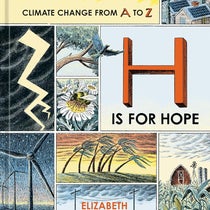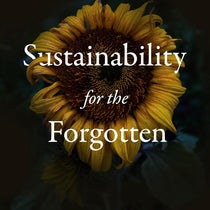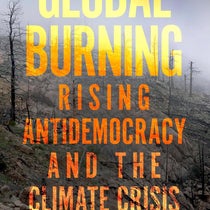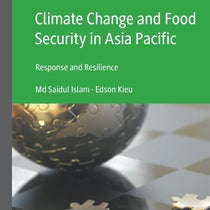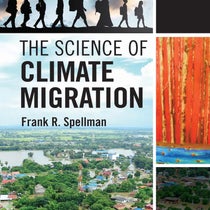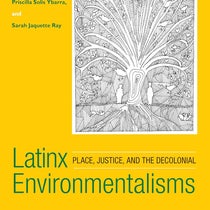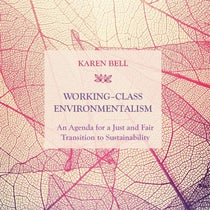Green Reads: Climate Change and Water Scarcity in the Middle East
“Successfully addressing climate change requires a multisectoral merging of necessary, short-term mitigation and adaptation programming with long-term resilience building and sustainability frameworks, thus grounding climate change response firmly in humanitarian and development actors’ mandates.”
- Climate Change and Water Scarcity in the Middle East
Climate Change and Water Scarcity in the Middle East: A Transitional Approach by Mariëlle Snel, Nikolas Sorensen, and Reed Power emphasizes the importance of water, sanitation, and hygiene services, or ‘WASH’, in the water-scarce regions of the Middle East and North Africa. The MENA region, inundated by floods and droughts simultaneously, is caught under the cyclical threat of climate change and conflict, each one exacerbating the other. Writers note that “the risk of death for children under 15… due to inadequate WASH services is nearly three times that of dying from direct conflict-related violence. This risk is even more pronounced for children under 5, who are over 20 times more likely to succumb to such diseases than to violence.”
To adequately tackle such an expansive issue, readers find that solutions must be culturally aware and specific to the individual communities most in need across Syria, Lebanon, Yemen, Iraq, and Palestine. It is made clear that attempts at a one-size-fits-all approach are doomed to fail, and instead, local leaders and community members must be given a voice in decision-making and implementation through systemic and structural changes that address the unique hardships of the most vulnerable among society, namely, women and disabled people. The authors stress that more creative approaches are sorely necessary since some practices, such as drilling, desalination, and wastewater reuse, are unsustainable, unaffordable, and damage the potential for long-term solutions in certain areas.
Climate Change and Water Scarcity in the Middle East acknowledges the rise and increased longevity of conflict in the region, its compounding effects on climate change, and how it hinders attempts at mitigation. Along with the already scarce availability of clean water, it is noted that government bodies tend to “restrict movement and limit access” of disenfranchised groups who are most in need of aid, while aid workers themselves have increasingly been targets of direct attacks when attempting to provide humanitarian services. Altogether, this has created a dire situation that none of us can afford to ignore.
“A strength-based approach focuses on the current means of achieving desired outcomes by empowering individuals, families, and communities to become leaders and decision makers in creating their own sustainable and resilient futures.”
What we can do:
- Pressure governments to allow humanitarian aid workers unimpeded access to communities in need.
- Advocate for the health and humanity of people facing unprecedented destruction of their homes, lives, and infrastructure.
- Withhold support from corporations who have funding connected to inhumane and constant attacks of innocent people.
- Call for oppressed peoples, the world over, to be freed from tyrannical regimes.
More recommended reading on the subject
- Climate Change Law and Policy in the Middle East and North Africa Region edited by Damilola S. Olawuyi
- Climate Change and Energy Dynamics in the Middle East: Modeling and Simulation-Based Solutions edited by Hassan Qudrat-Ullah, Aymen A. Kayal
- Water Scarcity, Climate Change and Conflict in the Middle East: Securing Livelihoods, Building Peace by Christopher Ward and Sandra Rucksthuhl
- The Power of Deserts: Climate Change, the Middle East, and the Promise of a Post-Oil Era by Dan Rabinowitz
- Climate Change in the Middle East and North Africa: 15,000 Years of Crises, Setbacks, and Adaptation by William R. Thompson and Leila Zakhirova

